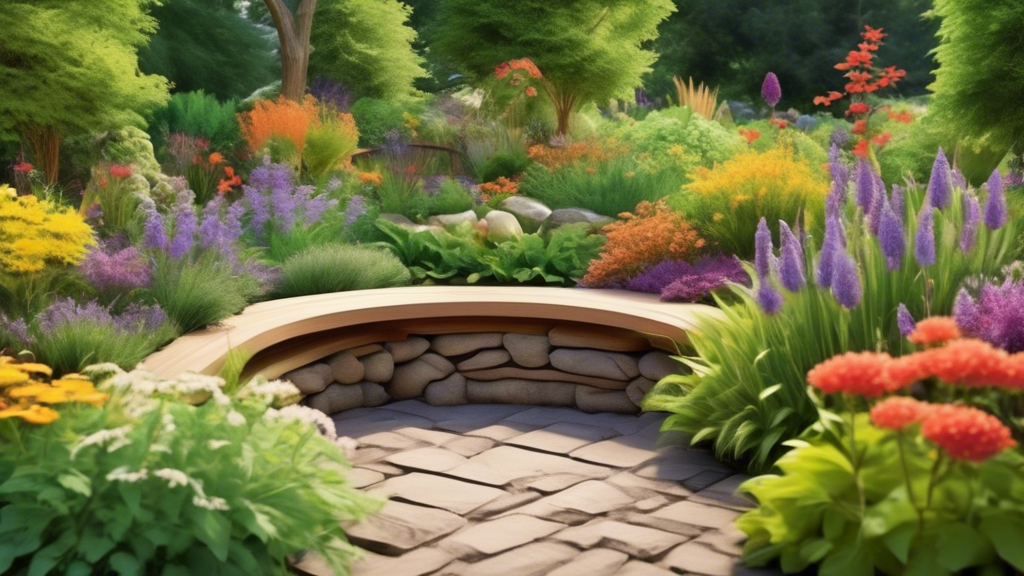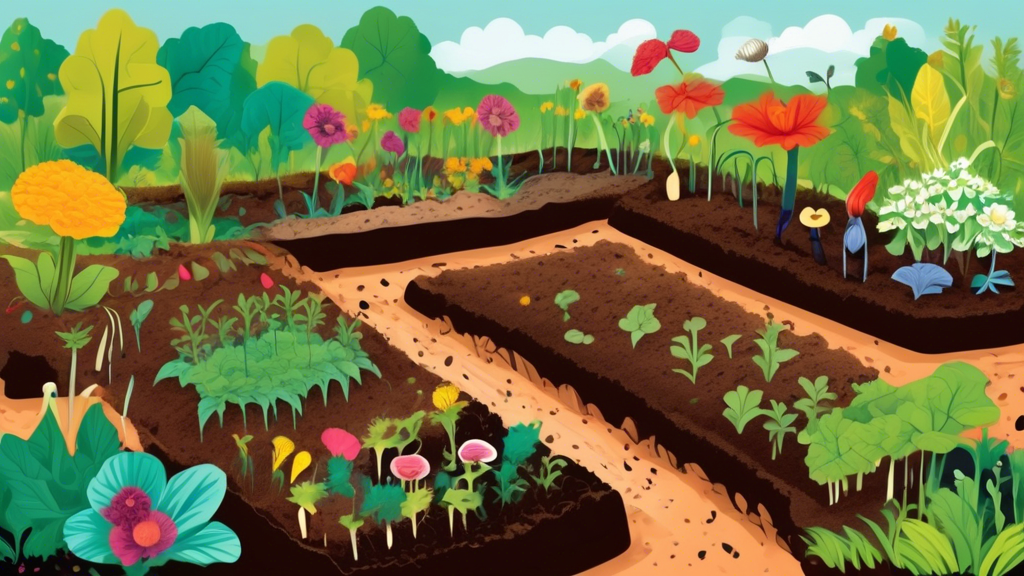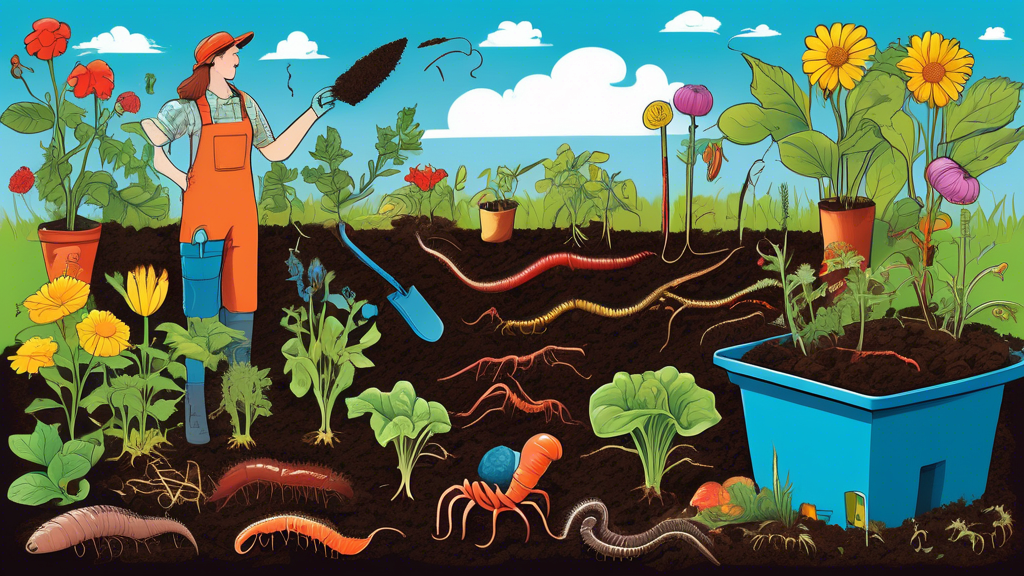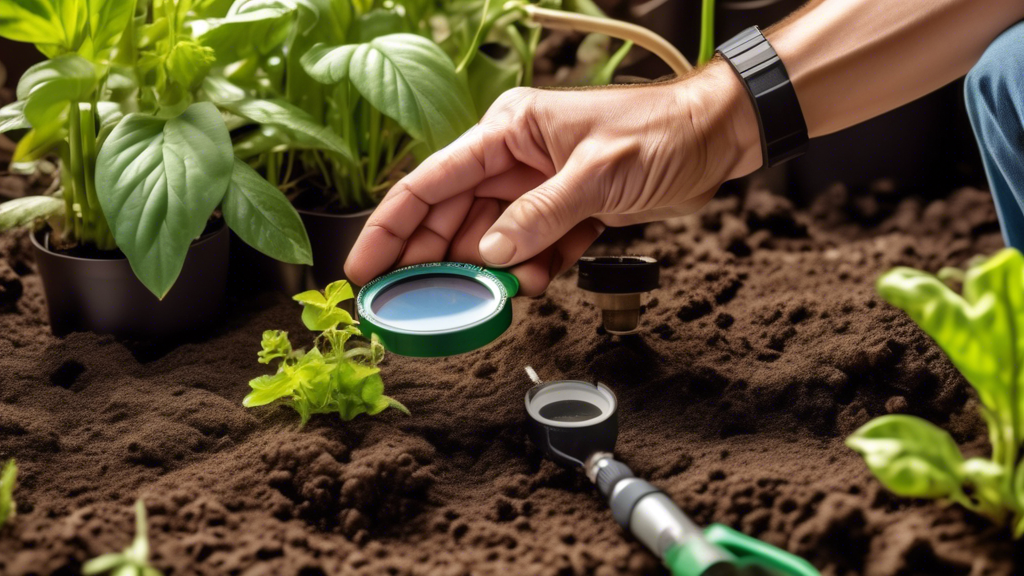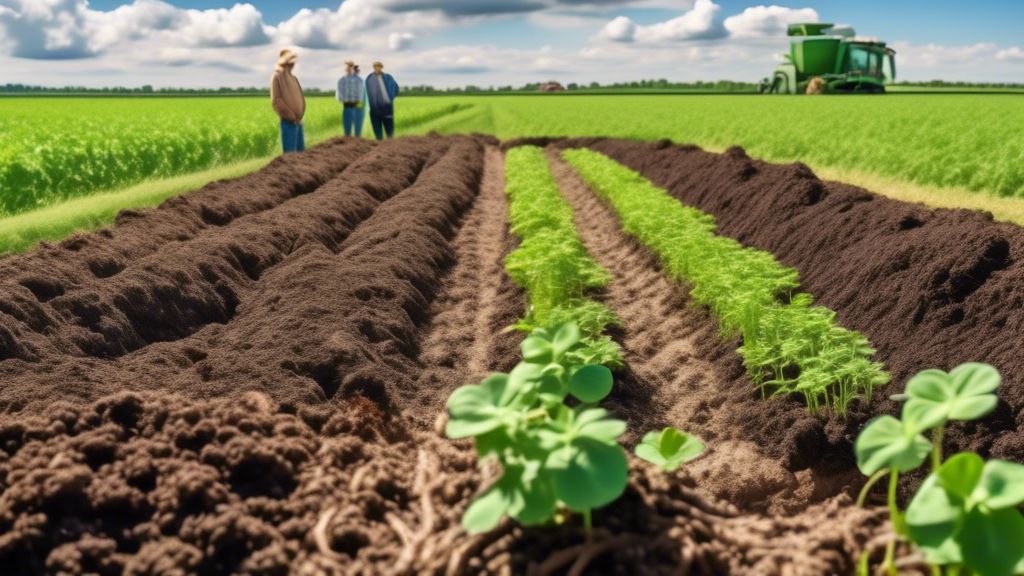
Permaculture vs. Traditional Gardening: Understanding the Key Differences
In an era marked by growing environmental concern, sustainable living practices are gaining immense traction. Among these, permaculture and traditional gardening stand out as popular approaches to food production and land management. While both aim to cultivate plants and foster growth, their underlying philosophies and methodologies differ significantly. This article delves into a comprehensive comparison of permaculture vs. traditional gardening, highlighting their key differences to help you make informed decisions for your gardening endeavors.
What is Permaculture?
Permaculture, a portmanteau of permanent agriculture (and later permanent culture), transcends the conventional notions of gardening. It represents a holistic design system that draws inspiration from natural ecosystems to create sustainable human settlements. More than just a gardening technique, permaculture encompasses ethical principles centered around earth care, people care, and fair share.
At its core, permaculture emphasizes working with, rather than against, nature. It observes and mimics natural patterns and relationships to establish productive and harmonious environments. Imagine a forest ecosystem: it thrives without human intervention, demonstrating nature’s inherent ability to self-regulate and regenerate. Permaculture seeks to replicate these self-sustaining principles in design.
What is Traditional Gardening?
Traditional gardening, as its name suggests, embodies time-tested methods passed down through generations. This approach typically involves cultivating annual plants in defined rows within distinct growing seasons. It often relies on external inputs like fertilizers, pesticides, and irrigation to enhance productivity and manage pests and diseases.
Traditional gardening can vary significantly based on geographical location, cultural practices, and individual preferences. However, its primary focus often centers on maximizing yield within a specific timeframe. While this approach can be highly effective in producing abundant harvests, it may sometimes come at the expense of long-term soil health and ecological balance.
Understanding the nuances between permaculture and traditional gardening necessitates a closer look at their key differences across various aspects:
1. Design and Layout
Permaculture:
- Emphasizes thoughtful design based on observation and natural patterns.
- Incorporates diverse elements like trees, shrubs, herbs, and flowers in multi-layered systems, mimicking natural ecosystems.
- Prioritizes permanent beds and minimal soil disturbance through techniques like no-till gardening.
Traditional Gardening:
- Often involves organized rows for easy planting, weeding, and harvesting.
- May include monoculture (growing a single crop) or limited crop diversity within designated areas.
- Can involve tilling or turning over the soil for weed control and seedbed preparation.
2. Plant Selection
Permaculture:
- Favors perennial plants and self-seeding varieties for long-term sustainability and minimal intervention.
- Emphasizes diversity in plant selection to attract beneficial insects, improve soil health, and enhance resilience.
- Prioritizes edible, medicinal, or multi-purpose plants for maximum benefit within the system.
Traditional Gardening:
- Often focuses on annual vegetables, requiring replanting each year.
- May involve monoculture or limited crop rotation, potentially depleting specific soil nutrients.
- Plant selection often prioritizes yield, aesthetics, or personal preferences.
3. Soil Management
Permaculture:
- Prioritizes building soil health through composting, mulching, and minimizing soil disturbance.
- Focuses on feeding the soil food web with organic matter to create a thriving ecosystem.
- Emphasizes no-till practices to preserve soil structure, prevent erosion, and retain moisture.
Traditional Gardening:
4. Water Management
Permaculture:
- Emphasizes water conservation through techniques like rainwater harvesting, swales, and drought-tolerant plant selection.
- Aims to create a water-efficient system that minimizes water waste and runoff.
- Utilizes mulching and groundcovers to retain soil moisture and reduce evaporation.
Traditional Gardening:
- May involve frequent watering, potentially leading to water wastage, especially during dry periods.
- Often relies on sprinklers or overhead irrigation, which can be less efficient than targeted watering methods.
- May lack adequate soil cover, increasing evaporation and water requirements.
5. Pest and Disease Control
Permaculture:
- Emphasizes building a healthy ecosystem that attracts beneficial insects and wildlife to naturally control pests.
- Focuses on preventative measures like companion planting, crop rotation, and providing habitat for predators.
- Minimizes or avoids chemical pesticides and herbicides to protect beneficial insects and soil health.
Traditional Gardening:
- May rely on chemical pesticides and herbicides for pest and disease control, potentially harming beneficial insects and polluting the environment.
- Often focuses on treating problems after they arise rather than preventing them through ecological balance.
- May lack the biodiversity needed to naturally suppress pest populations.
6. Sustainability and Long-term Impact
Permaculture:
- Highly sustainable as it minimizes waste, conserves resources, and promotes biodiversity.
- Creates self-sustaining systems that require less maintenance and fewer external inputs over time.
- Improves soil health, water conservation, and overall ecosystem health in the long term.
Traditional Gardening:
- Can be less sustainable due to reliance on external inputs like fertilizers, pesticides, and water.
- May deplete soil nutrients over time and contribute to environmental issues if not managed carefully.
- Often requires ongoing inputs and labor to maintain productivity.
Permaculture vs. Traditional Gardening: Which One is Right for You?
The choice between permaculture and traditional gardening ultimately depends on your individual goals, values, and available resources.
Permaculture might be suitable if you:
- Seek a sustainable and eco-friendly approach to gardening.
- Prioritize long-term soil health, water conservation, and biodiversity.
- Prefer a low-maintenance system that requires minimal intervention.
- Enjoy observing and mimicking natural patterns.
Traditional gardening might be suitable if you:
- Prioritize maximizing yield within a defined growing season.
- Have limited space and prefer a more controlled gardening environment.
- Are familiar with conventional gardening techniques and enjoy the process of planting and tending to annuals.
- Seek immediate results and prioritize aesthetics or personal preferences.
Combining the Best of Both Worlds
It’s important to note that permaculture and traditional gardening aren’t mutually exclusive. Many gardeners successfully incorporate elements of both approaches to create hybrid systems that suit their needs. For instance, you could embrace no-till methods and companion planting inspired by permaculture while still cultivating a traditional vegetable garden.
Conclusion: A Sustainable Future Through Conscious Cultivation
Both permaculture and traditional gardening offer unique advantages and challenges. Understanding their key differences allows you to make informed decisions aligned with your gardening philosophy and desired outcomes. As we navigate toward a more sustainable future, embracing practices that promote biodiversity, soil health, and resource conservation becomes increasingly crucial. Whether you choose to embrace permaculture, traditional gardening, or a hybrid approach, may your gardening journey be filled with bountiful harvests and a deeper connection with the natural world.

